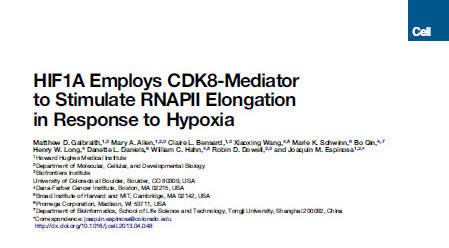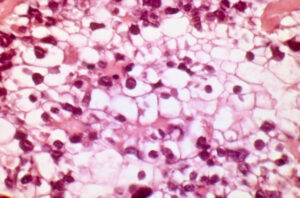 Every scientific paper is the story of a journey from an initial hypothesis to a final conclusion. It may take months or years and consists of many steps taken carefully one at a time. The experiments are repeated, the controls verified, the negative and positive results analyzed until the story finally makes sense. Sometimes the end of the story confirms the hypothesis, sometimes it is a surprise. A paper published last week in Cell describes a study where a team of researchers investigating one problem in basic biology (how one component of a signaling complex works), found an unexpected and potentially significant application in a different field (cancer research).
Every scientific paper is the story of a journey from an initial hypothesis to a final conclusion. It may take months or years and consists of many steps taken carefully one at a time. The experiments are repeated, the controls verified, the negative and positive results analyzed until the story finally makes sense. Sometimes the end of the story confirms the hypothesis, sometimes it is a surprise. A paper published last week in Cell describes a study where a team of researchers investigating one problem in basic biology (how one component of a signaling complex works), found an unexpected and potentially significant application in a different field (cancer research).
The paper, published in the June 6 issue of Cell, describes a previously unknown interaction between two cellular proteins—the transcription factor HIF1A and the cyclin-dependent kinase CDK8—in the regulation of genes associated with cellular survival under low-oxygen conditions. An accompanying press release describes how the discovery of a role for CDK8 in this process may have implications for cancer research, as CDK8 may be a potential target for drugs to combat “hypoxic” tumors. Continue reading “Basic Biology Matters”


